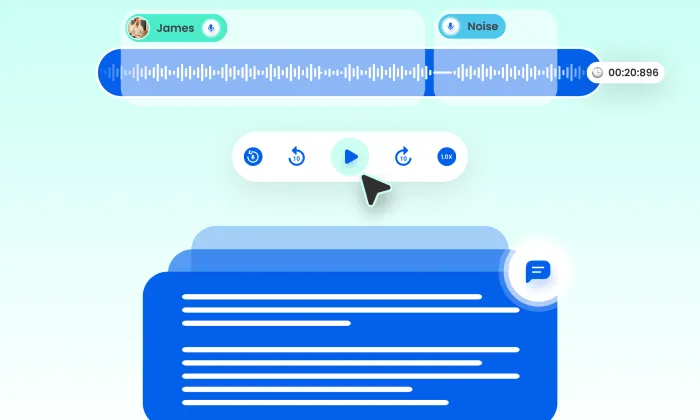How is emotion recognition used in medical communication AI?
Emotion Recognition
Healthcare
Medical AI
Emotion recognition in medical communication AI is revolutionizing how healthcare providers interact with patients. By interpreting emotional cues, AI systems can offer more responsive and empathetic patient care, ultimately improving clinical outcomes. This capability is not just a technological advancement; it plays a crucial role in making healthcare more human-centered and effective.
Why Emotion Recognition Matters in Healthcare
Understanding emotions during clinical interactions is vital for several reasons. Emotions significantly influence how patients communicate symptoms and adhere to treatment plans. For example, an anxious patient might withhold important details, complicating diagnosis and care. Emotion recognition systems can identify such emotional states, enabling healthcare providers to address them proactively.
In telehealth settings, where physical presence is absent, recognizing emotions through voice tone and speech patterns can significantly enhance patient engagement. By adapting responses based on detected emotions, AI systems can build trust and foster a more personal connection, essential for effective remote care.
Moreover, emotion recognition contributes to personalized healthcare. It allows professionals to tailor communication strategies according to the emotional needs of each patient, improving satisfaction and adherence to treatments.
Steps in Emotion Recognition for Medical AI
Emotion recognition technology in medical AI involves a structured approach, typically comprising the following steps:
- Data Collection: AI models are trained using diverse datasets that capture various emotional expressions. In medical settings, these datasets might include audio from doctor-patient conversation data, annotated with emotional states.
- Feature Extraction: The AI analyzes input data to identify features that indicate emotions. For spoken dialogue, this includes analyzing voice tone, pitch, and speech patterns. For text, sentiment analysis might be used to assess emotional tone.
- Emotion Classification: Extracted features are categorized into emotions like happiness, sadness, or anxiety. This classification helps healthcare providers understand the patient's emotional state, guiding their approach during consultations.
Challenges in Implementing Emotion Recognition
While the potential of emotion recognition in medical AI is significant, there are challenges to consider. Accuracy is paramount; misinterpreting emotions can lead to inappropriate responses, potentially harming the patient-provider relationship. Continuous quality assurance and validation are crucial to maintaining system reliability.
Ethical considerations are also critical. It is essential to ensure that patients are fully informed and consent to the use of their emotional data. Privacy and data protection must be prioritized to comply with regulations like GDPR and HIPAA.
Healthcare providers need training to effectively interpret AI insights. Over-reliance on technology should be avoided; AI should complement rather than replace human judgment.
Real-World Applications and Use Cases
Emotion recognition is already making a difference in healthcare environments. For instance, AI systems are being used to monitor emotional well-being in mental health applications, where understanding a patient's emotional state is crucial for effective treatment. In chronic disease management, emotion recognition can help tailor communication, ensuring patients remain engaged and motivated in their care.
In Summary: Transforming Healthcare Communication Through Emotion Recognition
Emotion recognition in medical AI is transforming healthcare by enabling more empathetic and effective patient interactions. By accurately identifying emotional cues, these systems enhance patient engagement, improve health outcomes, and support personalized care. However, the successful implementation of this technology requires careful consideration of data accuracy, ethical implications, and the integration of human expertise in interpreting AI insights.
By integrating these insights, FutureBeeAI positions itself as a smart, scalable AI data partner, enabling the development of advanced healthcare communication systems that prioritize patient well-being and privacy. If you're considering deploying emotion recognition in your healthcare projects, FutureBeeAI offers the expertise and speech datasets to support your journey.
Frequently Asked Questions
Q. How does emotion recognition improve telehealth experiences?
Emotion recognition identifies patient emotions through voice analysis, allowing healthcare providers to tailor their responses, thus fostering a more empathetic interaction despite the lack of physical presence.
Q. What are the ethical considerations for using emotion recognition in healthcare?
Ethical considerations include ensuring patient consent for emotional data use, maintaining privacy, and addressing potential misinterpretations of emotional cues. Establishing protocols to protect patient rights is crucial for ethical compliance.
What Else Do People Ask?
Related AI Articles
Browse Matching Datasets
Acquiring high-quality AI datasets has never been easier!!!
Get in touch with our AI data expert now!








